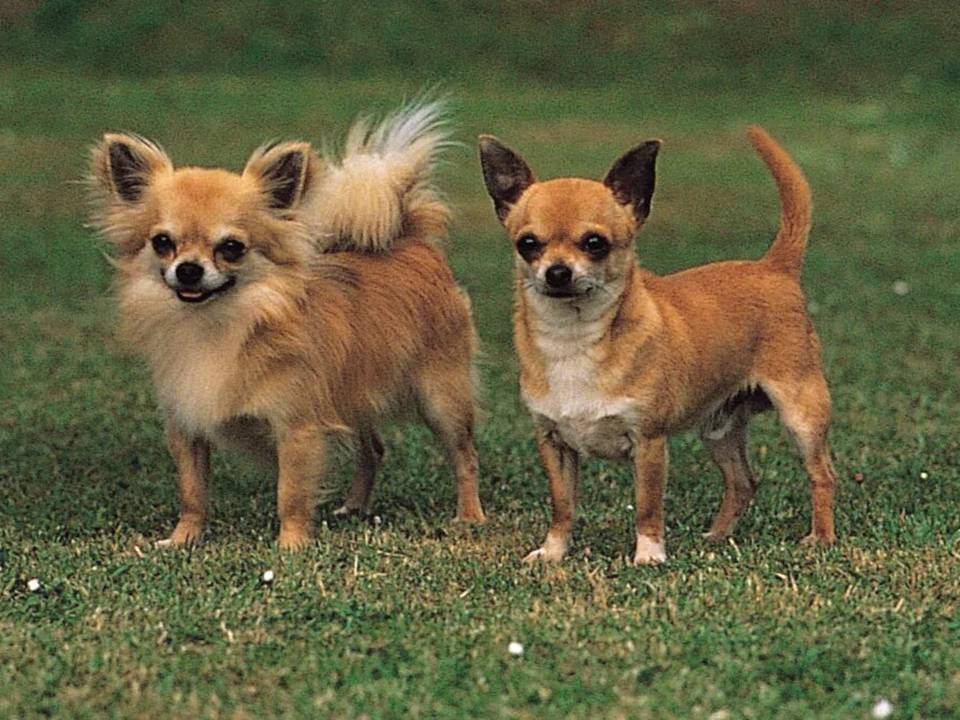The English Jack Russell
The Jack Russell Terrier is a lively, intelligent, and skilled hunting dog. Its history dates back to 19th-century England. Reverend John “Jack” Russell developed the breed mainly for fox hunting. He focused on agility, stamina, and determination. Over time, the Jack Russell became a popular companion. People love its tenacity, affection, and playful nature. To understand this breed, we must explore its origins, early uses, and evolution.
Reverend John Russell and the Breed’s Origins
Reverend John Russell, born in 1795 in Dartmouth, England, was a clergyman and passionate fox hunter. He wanted to create the perfect fox-hunting dog. His ideal dog would accompany hounds, keep up with horses, and dig out foxes from their burrows. The dog needed to be small enough for underground dens but strong enough to face a fox.
In 1819, Russell bought a small white terrier named Trump. She had dark tan markings on her head and ears. Trump became the foundation of his breeding program. She was agile, fearless, and had a strong prey drive. Russell used her as the model for all future Jack Russell Terriers.
Russell bred dogs for their working ability, not their looks. Early Jack Russells varied in size, coat type, and colour. Their white coats served a purpose: hunters could easily spot them during a chase, avoiding confusion with the fox.
The Jack Russell’s Role in Fox Hunting
In the 19th century, fox hunting was a popular activity among England’s upper class. Terriers played a key role in the sport. Larger hounds tracked the fox over long distances. Terriers, like the Jack Russell, located the fox underground. They either flushed it out or held it in place for the hunter.
Jack Russells were perfect for this job. Their small size let them enter fox dens easily. Their strong jaws and high energy helped them confront the fox. They didn’t kill the fox but cornered or drove it out so the hunt could continue. This required intelligence, fearlessness, and focus—traits still central to the breed today.

Evolution of the Breed and Divergence
Over time, the Jack Russell’s role changed. By the early 20th century, fox hunting declined. Many Jack Russells became farm dogs or companions. Their versatility, intelligence, and lively personality suited these new roles. They controlled vermin on farms and served as loyal pets.
As the breed spread to the U.S. and Australia, different standards emerged. In England, the Parson Russell Terrier became the show version. It had a more defined size and appearance. In the U.S., the Jack Russell Terrier remained more variable. Breeders focused on working ability, not strict standards.
This divergence led to two distinct breeds. The Parson Russell Terrier resembles Reverend Russell’s original dogs. The Jack Russell Terrier is more variable and known for its energetic, spirited nature. Both breeds share the same history and core traits.
The Jack Russell Today
Today, Jack Russell Terriers are energetic and adventurous. They excel in dog sports like agility, obedience, and flyball. Their intelligence and high energy make them challenging but rewarding pets. They learn quickly but can be stubborn and independent, traits from their working dog origins. They thrive in active households with plenty of activities.
Despite their small size, Jack Russells are bold and fearless. They often act like much larger dogs. They are also social and form strong bonds with their owners. This makes them affectionate and loyal companions. However, they need consistent training and mental stimulation. Without these, their working instincts can lead to boredom and behavioural issues.
The breed’s popularity continues to grow worldwide. They are family pets, working dogs, and stars in films, TV, and ads. Their expressive faces, high energy, and intelligence make them versatile. They fit roles from beloved companions to competitive athletes.
Conclusion
The Jack Russell Terrier has a rich history as a working dog. Reverend John Russell bred it for fox hunting in 19th-century England. Over time, it became a beloved companion worldwide. Though less used in hunting today, its instincts, energy, and intelligence remain strong. Whether in the field, on a farm, or in a family home, the Jack Russell Terrier is a small dog with a big personality.






